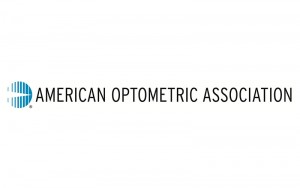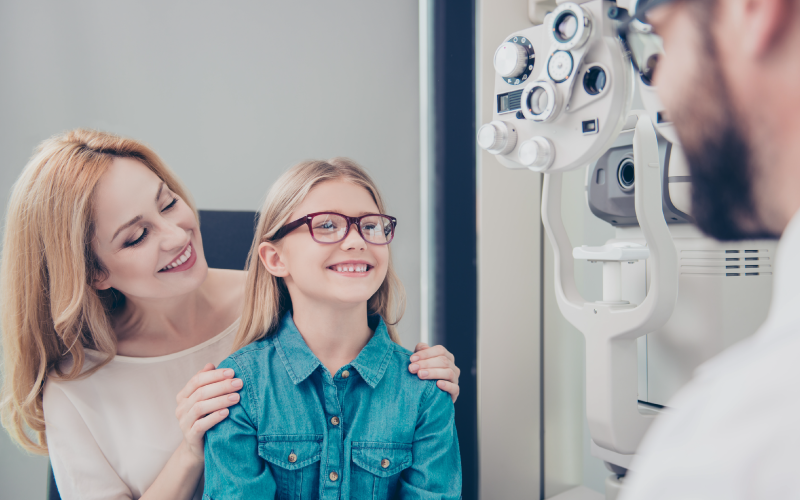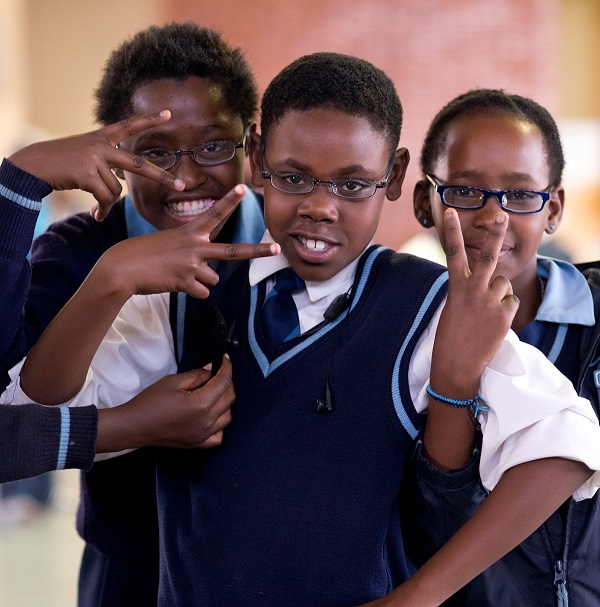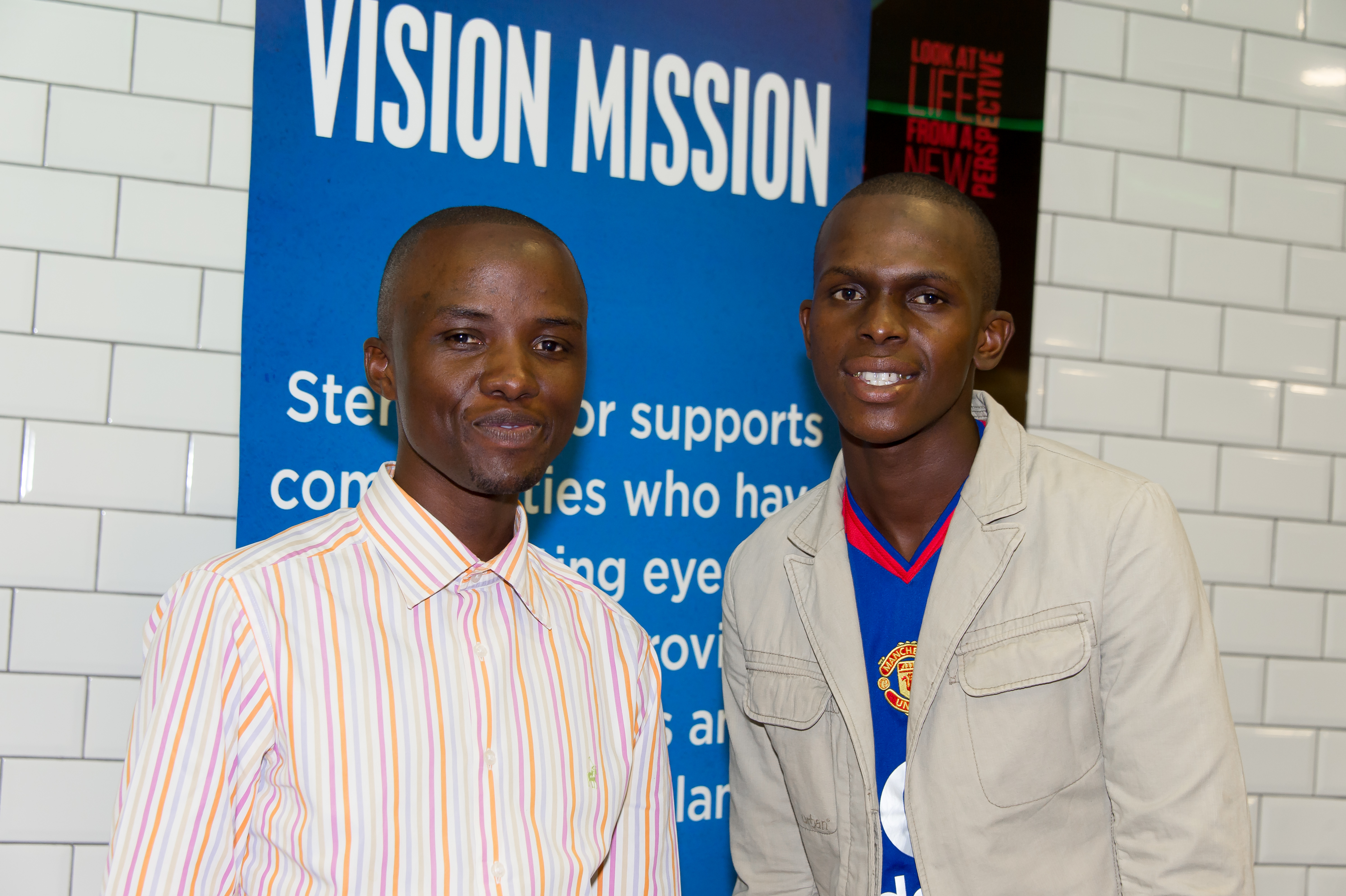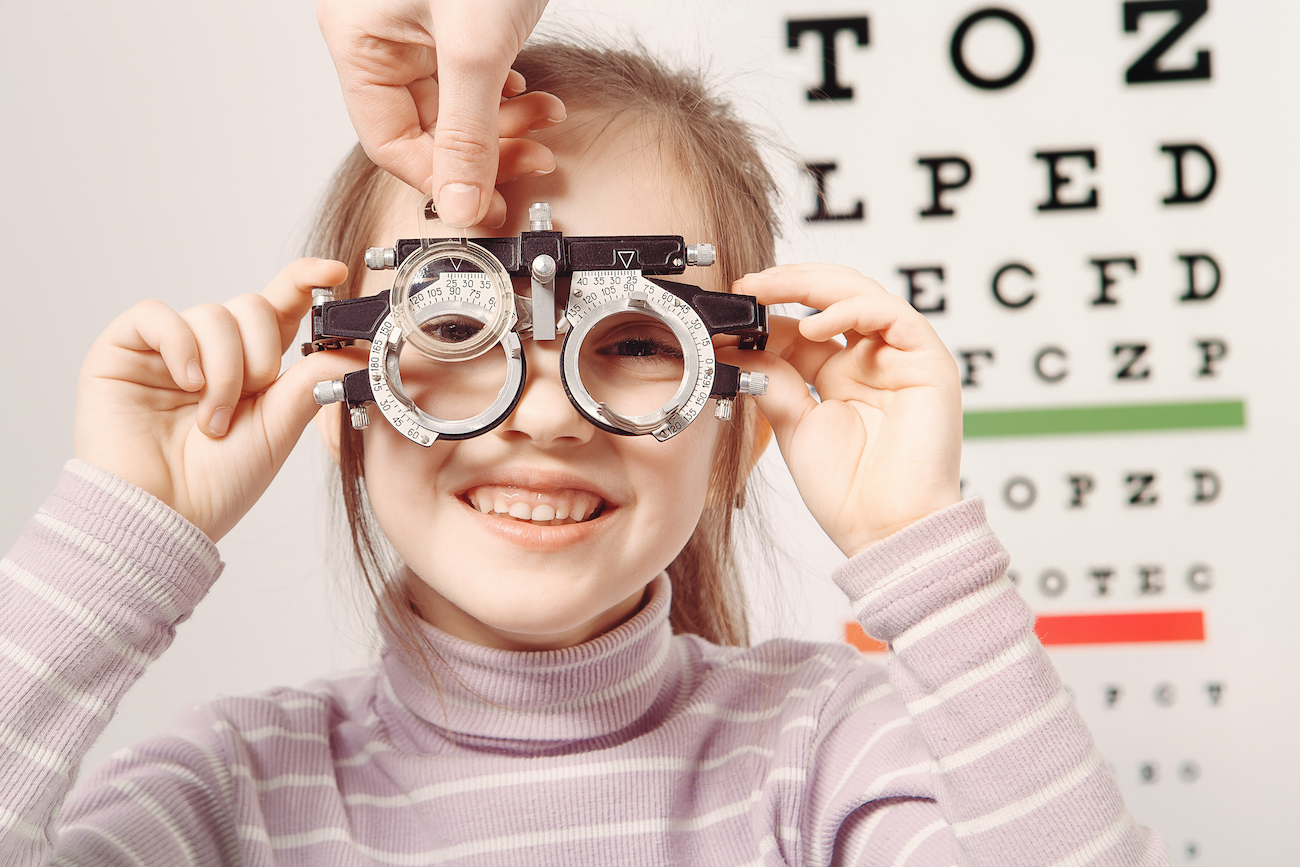Reprinted with permission from The American Optometric Association – www.aoa.org
(7/25/2002) – St. Louis, MO, July 25, 2002 – Among all the crayons, paper, scissors and glue you purchase for your child’s first day of school, the most important school supply is a healthy pair of eyes. Studies indicate vision is the key element (almost 80 percent) of the learning process during a child’s first 12 years.
The basic vision skills needed for school use are:
- Near vision: the ability to see clearly and comfortably at 10-13 inches.
- Distance vision: the ability to see clearly and comfortably beyond arm’s reach.
- Binocular coordination: the ability to use both eyes together.
- Eye movement skills: the ability to aim the eyes accurately, move them smoothly across a page and shift them quickly and accurately from one object to another.
- Focusing skills: the ability to keep both eyes accurately focused at the proper distance to see clearly and to change focus quickly.
- Peripheral awareness: the ability to be aware of things located to the side while looking straight ahead.
- Eye/hand coordination: the ability to use the eyes and hands together.
If any of these or other vision skills is lacking or not functioning properly, your child will have to work harder. This can lead to headaches, fatigue and other eyestrain problems. As a parent, be alert for symptoms that may indicate your child has a vision or visual processing problem.
When children have undetected vision problems, school can become a struggle. Signs that your child may be experiencing vision difficulties in the classroom include: trouble finishing written assignments, losing their place when reading, having a short attention span when doing close work, skipping words when reading, making errors when copying from a classroom board, holding reading material closer than normal, rubbing their eyes, and having greater potential than grades may indicate (under performing.)
To ensure a lifetime of healthy eyes and vision and success in school, the American Optometric Association (AOA) encourages comprehensive eye exams to be performed when a child is six months old, three years old, when a child enters school, and every two years after that. A school vision test or a pediatrician’s screening, while helpful, is not a substitute for a thorough eye examination.
An examination assesses whether the eyes see clearly. But it also measures the eyes’ ability to work together, to focus properly, and to move together in activities such as across a page of print or following a ball.
A visit to the optometrist will help make your child’s time in the classroom more productive and rewarding by ensuring that your child’s eyes’ are healthy and are “ready for learning.”
